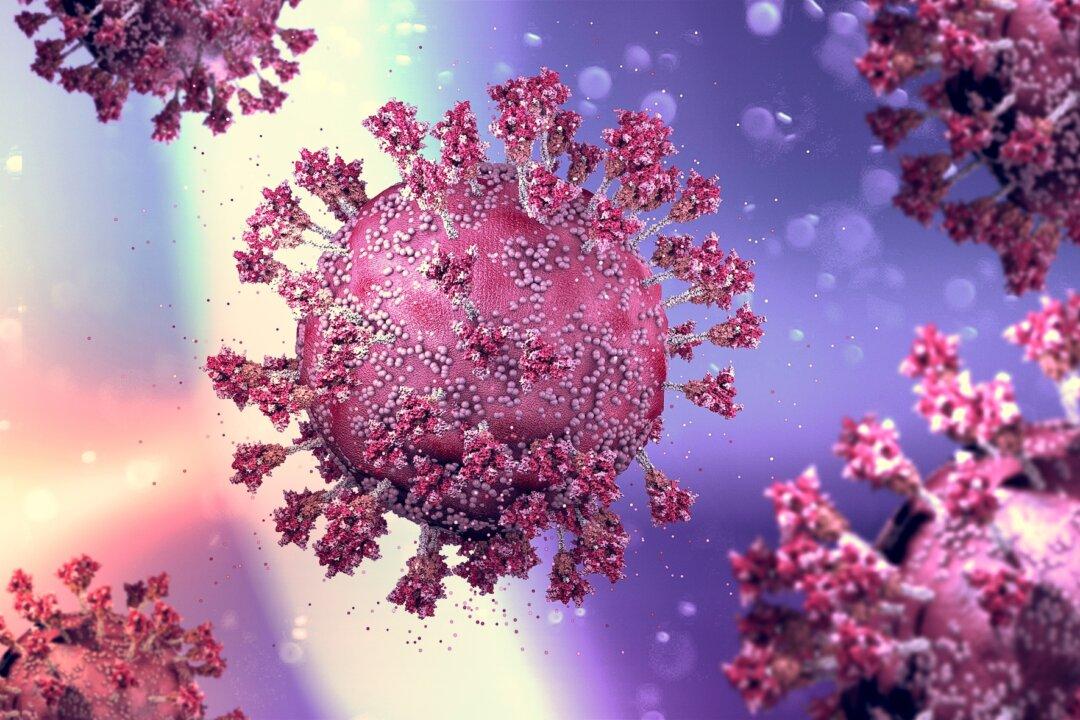US officials had predicted that Omicron would be the variant to end the pandemic. However, varying degrees of pandemic lockdown measures are still being carried out in recent weeks, while the new variant in the Omicron family–BA.2 has continued to spread to more than 110 countries based on data from outbreak.info.
To differentiate them better, BA.1 is used as a name to describe the original Omicron.






